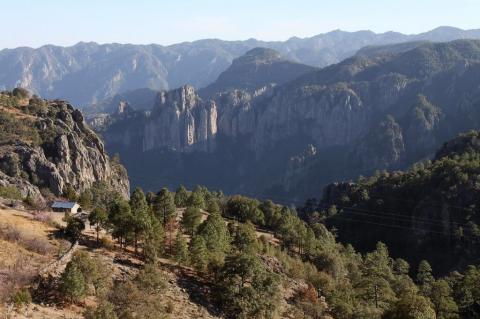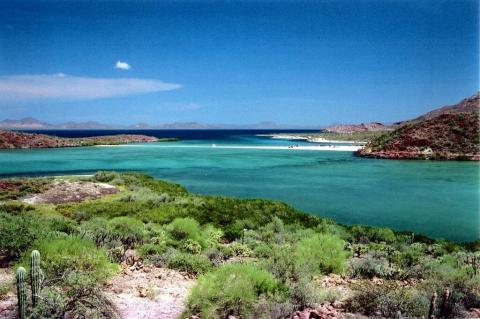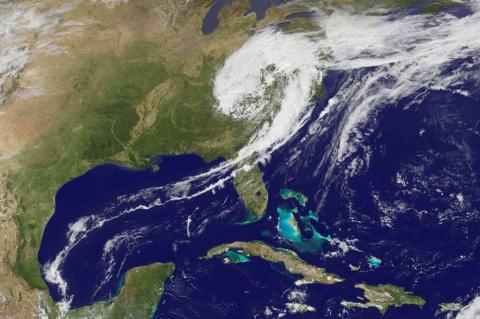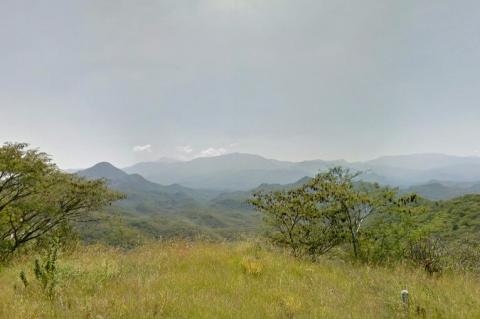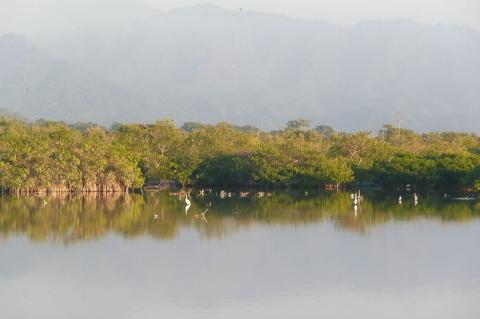Mexico: Natural Landscape
Mexico is located in the southern portion of North America and is the third largest country in Latin America. A biodiverse country, it encompasses arid deserts and scrublands, tropical rainforests, temperate forests and grasslands, mangrove swamps, alpine ecosystems, and coral reefs.
